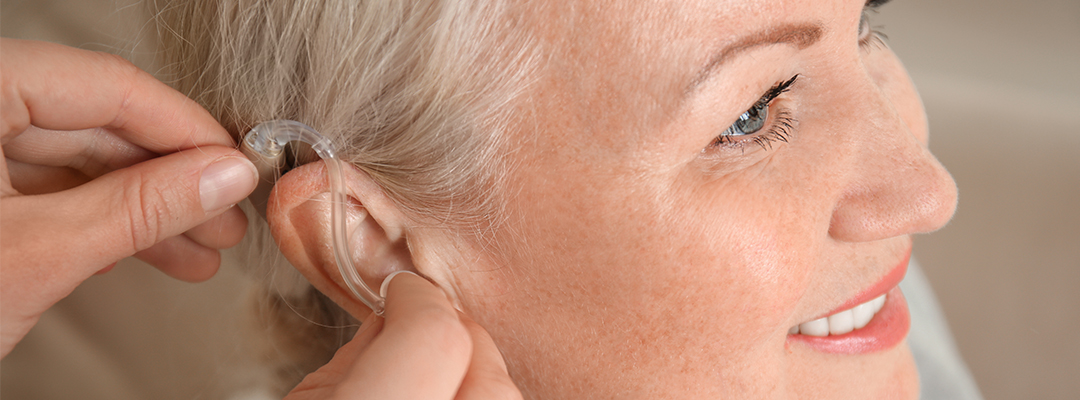
After the subjective examination of the audiometry, a clinical examination is performed with an otoscope, as well as an exploration of the examinee's history. All of this information will determine whether the patient needs one or two (depending on whether one or both ears are affected) hearing aids, and which are the most appropriate.
The hearing aids can be placed in-the-ear or behind-the-ear. The factors that determine it are the size of the hearing loss, the type, the patient's age, the overall state of their health, their work and social activity, the size of the auditory canal and of course the personal preference of the patient is also taken into account.
The hearing aids are exclusively targeted for each case, based on the anatomy of each ear and are digitally adjusted by a special program on the computer. During the application, various settings are made, even manually if necessary, in order to initially help with the smooth transition from natural sound to sound through the aids.
Initially, the hearing care professional has to confirm that the hearing aids fit well, are comfortable and lightweight. Then, training is provided in their installation and removal, battery change or charging if they are rechargeable, and their good and economical maintenance in general, so that they accompany the patient for many years.
